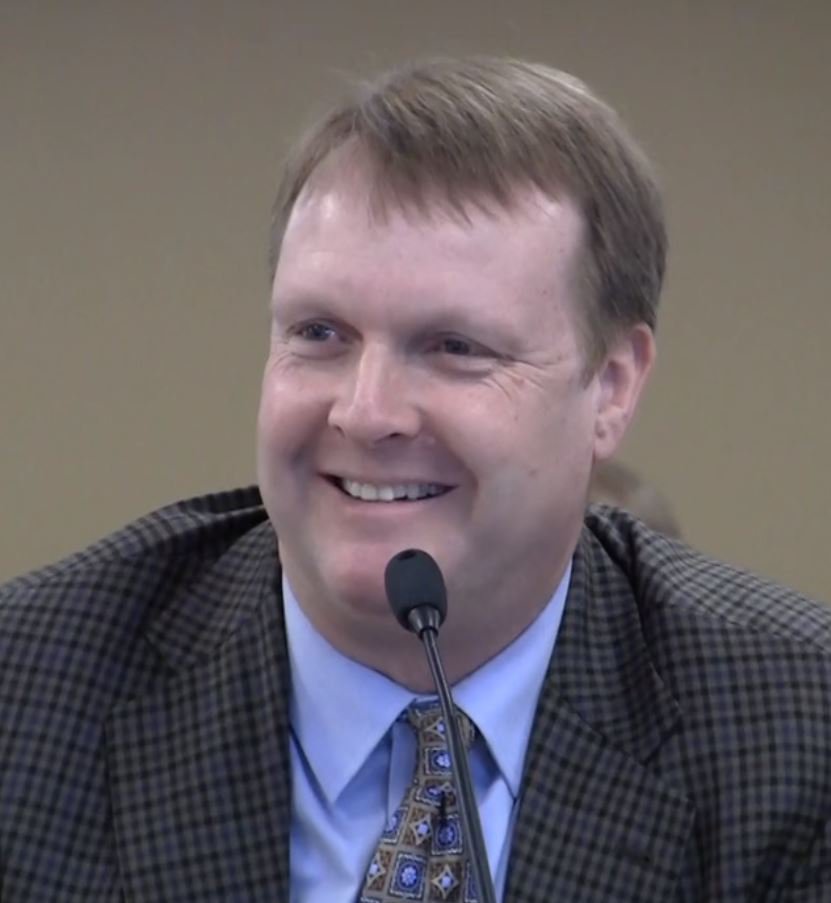Bonneville Cost Cuts Will Hit Fish and Wildlife Budget
- June 18, 2018
- John Harrison

In a sobering message in a sobering time in the energy industry, where inexpensive renewable resources are flooding the wholesale power market and driving down prices, three executives of the Bonneville Power Administration told the Northwest Power and Conservation Council this month that costs will be examined and reductions made agency-wide in order to keep its power and power services competitive in the future. Bonneville Administrator Elliott Mainzer was joined by Lorri Bodi, vice president of environment, fish, and wildlife, and Bryan Mercier, executive manager of Bonneville’s Fish and Wildlife Division.
Mainzer said the cost reductions will include cuts in the Council’s Columbia River Basin Fish and Wildlife Program, which directs more than $250 million a year of Bonneville revenues from power sales to address the impacts of hydropower dams. Bonneville sells the output of federal hydropower dams in the Columbia River Basin, the region’s largest source of electricity. The fish and wildlife program is the largest of its kind in the nation. With the added cost of the Lower Snake River Compensation Program, a series of fish hatcheries that mitigates the impacts of the four federal dams on the lower Snake River, Bonneville will be cutting a budget that currently totals about $300 million.
Preliminary reductions so far identified total about $30 million, but the cost reductions are very much a work in progress, and Bonneville hopes to receive a lot of advice, assistance, and of course some complaints as it makes decisions that lead to a reduced budget for Fiscal Year 2019, which begins October 1 of this year. Mercier delivered the same message at a meeting of the region’s fish and wildlife managers at the Council’s headquarters Monday afternoon.
Mainzer said that in developing Bonneville’s 2018-2023 Strategic Plan, which the agency unveiled in January, agency officials asked themselves where Bonneville should be competitively in the next 10-years in order to sustain the provision of carbon-free, reliable electricity and continue to invest in important initiatives like transmission grid modernization, enabling demand response, and helping develop the emerging West Coast energy imbalance market to deal with the variable output of wind and solar power plants. He said Bonneville also is committed to “this incredibly important, and valuable, and morally obligated, work on fish and wildlife.” See a video clip of Mainzer’s remarks here.
After reviewing Bonneville’s current financial situation in light of its many obligations and the realities of the wholesale energy marketplace, where long-term low prices could pull some utility customers away from Bonneville, Mainzer said “we concluded that our trajectory of rate increases and programmatic cost increases wasn’t sustainable, and we needed to start bending the cost curve.” He said Bonneville is now “at the point where the rubber is meeting the road and we’re having to start making decisions that are going to be necessary to accomplish that.”
He acknowledged it won’t be easy, and he invited fish and wildlife contractors to join discussions on how to accomplish the cost reductions.
“These conversations are difficult,” he said. “There is a lot of really important work that is going on, and we are going to have to make some really tough decisions. I’m confident, though, that we have the ability to work through the dialogue. We have some really, really important, very constructive relationships, and there will be plenty of opportunities for feedback and dialogue in the weeks ahead. In our initial conversations I think we’ve seen some daylight in terms of how to accomplish this balancing. I have a lot of trust and a lot of confidence that the relationships we’ve established will carry us through this and we’re going to get to a good outcome.”



